ISBE PE Standards & Curriculum Alignment
PLT4M
OCTOBER 23, 2023
These include: STATE GOAL 19: Acquire movement and motor skills and understand concepts necessary to engage in moderate to vigorous physical activity. STATE GOAL 20: Achieve and maintain a health-enhancing level of physical fitness based upon continual self-assessment. Want to see how PLT4M aligns to all 6 ISBE PE standards?

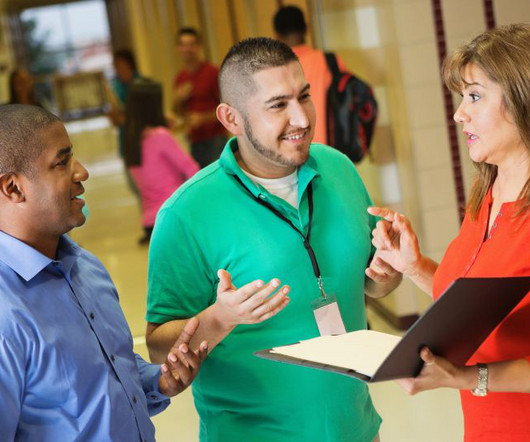
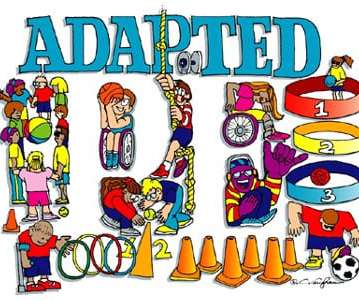
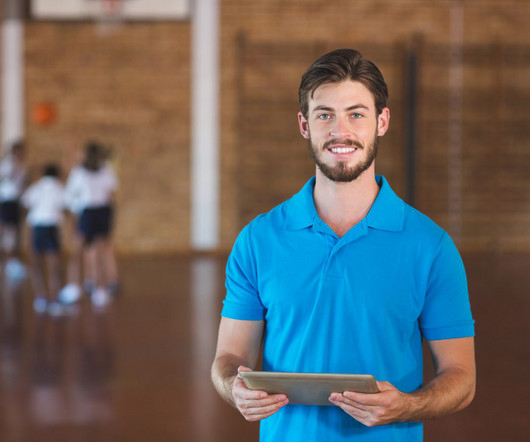
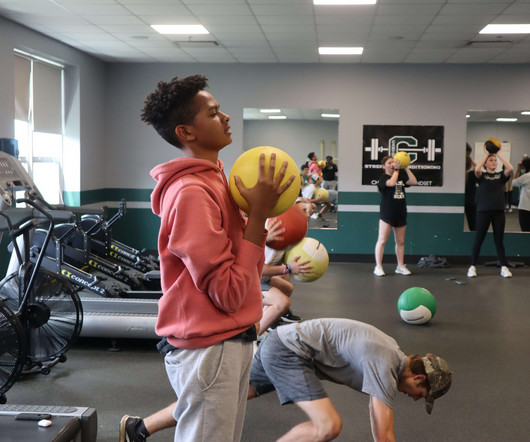
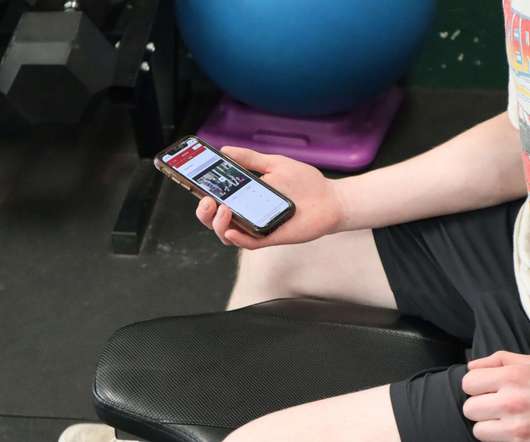
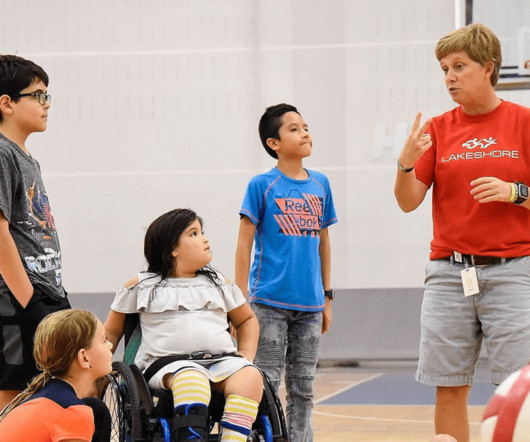
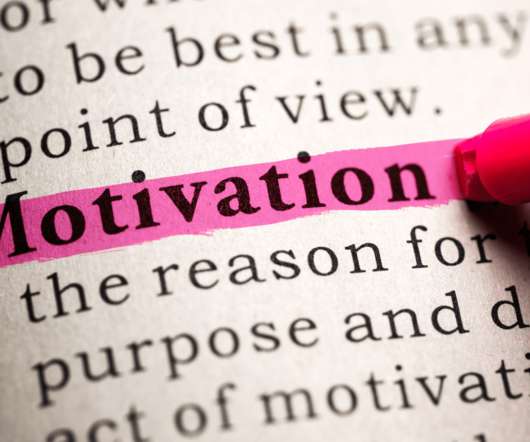
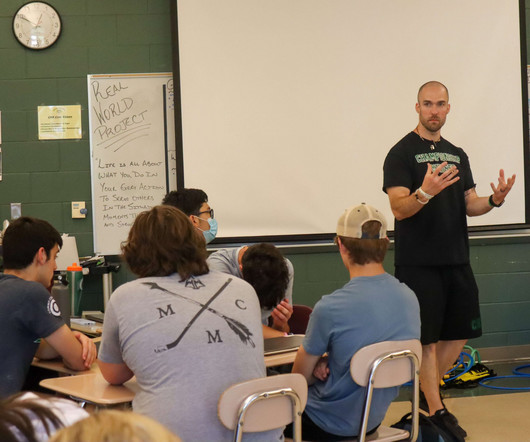






Let's personalize your content